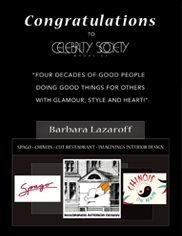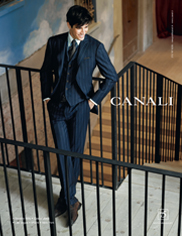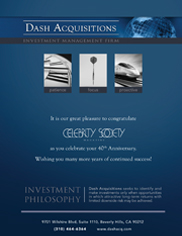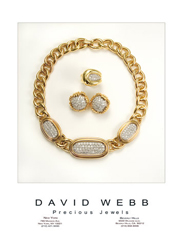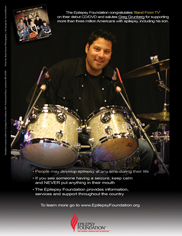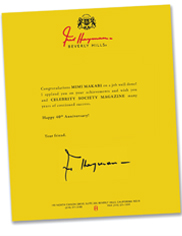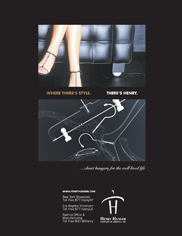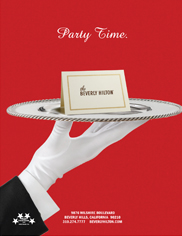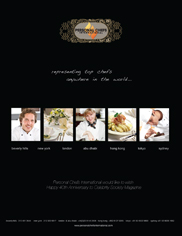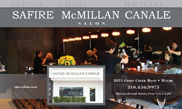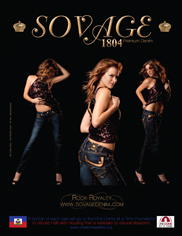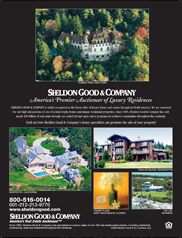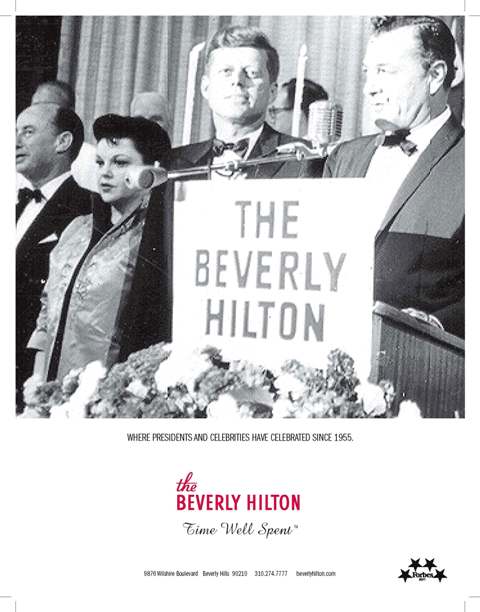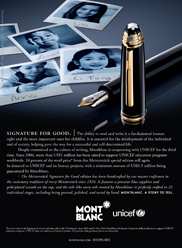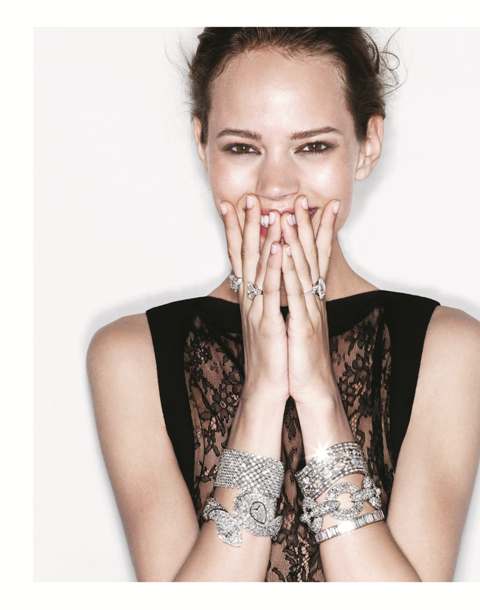

In an artistic climate that too often looks backward rather than to the future, where retrospectives are more prevalent than risk-taking, it is important to honor one of the most innovative architects practicing in the world today-- Frank O. Gehry.
By: Mimi Makabi
Some of Gehry’s current projects include the Lou Ruvo Alzheimer Center in Las Vegas, Nevada; the Princeton Science Library in Princeton, New Jersey; the Hall Winery in Napa Valley, California; the Puente de Vida Museo in Panama City, Panama; the Art Gallery of Ontario in Canada; and the Hotel Marqués de Riscal in Elciago, Spain.
Gehry’s sometimes controversial, but always arresting body of work, has been variously described as iconoclastic, rambunctious and impermanent. But his restless spirit has made his buildings a unique expression of contemporary society and its ambivalent values—and in return, his buildings have been hailed as some of the most important structures of the twentieth century. His buildings and designs have marked the beginning of a series of architectural triumphs that not only have redefined the intersection of art and architecture, but made the way for the growing technological boom as a way to assist in the design process. Gehry recognized that the traditional tools of architecture such as protractors, T-squares and compasses were somewhat limiting. He saw the great potential of computers and the unlimitless design possibilities with the new technology. He even had time to change the architecture vernacular from the traditional references to cones, squares, and cylinders to an unlimited array of nontraditional shapes and surfaces.
As quickly as Gehry’s buildings roll out, the honours and awards roll in. Throughout the years, his work has earned him several of the most significant awards in the architectural field. In 1977, Gehry was named recipient of the Arnold W. Brunner Memorial Prize in Architecture from the American Academy of Arts and Letters. In 1989, he was awarded the Pritzker Architecture Prize, perhaps the premiere accolade of the field, honoring "significant contributions to humanity and the built environment through the art of architecture." In his acceptance speech he stated, "Today, the Pritzker Prize brings me great honor. Acknowledgment by an important jury for the work I have been doing is gratifying, but does not engender complacency. I know these people, the jury that is, they have expectations — don't rest on your laurels, get to work." And that he surely did.
In 1998, Gehry received the National Medal of Arts from the National Endowment for the Arts, and in 1999 he received the AIA Gold Medal of the American Institute of Architects. In 2003, Gehry was inducted into the European Academy of Sciences and Arts and he was designated as a Companion to the Order of Canada. In 2005, he was awarded the Ordre National De La Legion D'Honneur, Republic Francaise, and in December, 2006, he was inducted into the California Hall of Fame as a First Year Inductee.
There is an interesting note regarding a statement Gehry prepared for the 1980 edition of "Contemporary Architects." Gehry stated, "I approach each building as a sculptural object, a spatial container, a space with light and air, a response to context and appropriateness of feeling and spirit. To this container, this sculpture, the user brings his baggage, his program, and interacts with it to accommodate his needs. If he can't do that, I've failed."
In April 2006, Gehry’s lifelong obsession with art continued when he introduced his own jewelry design, The GehryÔ Collection at TIFFANY & CO. Just as he had built profoundly brilliant works of architecture set in myriad landscapes, he turned to the most intimate of all the arts, jewelry design, and created provocative new forms scaled perfectly to the body. “Only an artist and master builder of Mr. Gehry’s caliber could express such affinity for metal, stone and wood,” said Jon King, Tiffany’s senior vice president of merchandising. Utilizing an unusual array of materials, such as black gold, pernambuco wood and cocholong stone, Gehry defined six intriguing motifs inspired by structural elements, childhood memories, renaissance masters and contemporary painters. “For me, architecture and design are about the process,” said Gehry. “Sketching and shaping three-dimensional models and conceptualizing different possibilities -- this is the essence of creating, whether in architecture, jewelry, or any other art form. The impulse is always the same: to discover new forms that have a natural flow and a relevance to contemporary life. With Tiffany’s expertise in jewelry making and superb selection of materials, I believe we’ve accomplished that.”
When measured against his contemporaries, Frank Gehry is without question one of the great architects of our time. A visionary of untold depth and perception, he has earned worldwide recognition on the basis of determination, ingenuity, and individuality. By pushing the boundaries of his field, both technologically and artistically, Gehry’s work has created a new language for present and future architects in creating structural shapes and designs.
In his 1989 Pritzker Prize acceptance speech, he concluded, “Former laureates have gone on to do magnificent projects, and that is the challenge, to do better and finally bring greater honor to this prize, and that is what I intend to do.” From transforming city-scapes all over the world, to being the mastermind behind today’s most groundbreaking architectural masterpieces—it’s fair to say¼ “the man has done well!” After all, this is Frank Gehry.
9606 SANTA MONICA BOULEVARD | THIRD FLOOR | BEVERLY HILLS, CALIFORNIA 90210
CONTACT@CELEBRITYSOCIETY.COM | 310.859.6654



